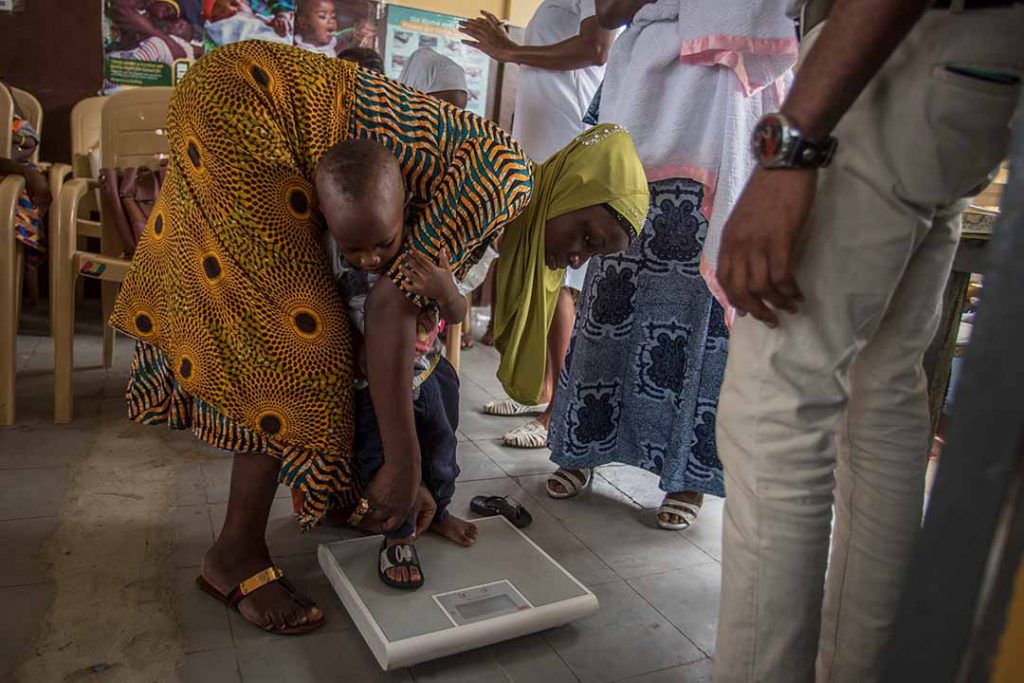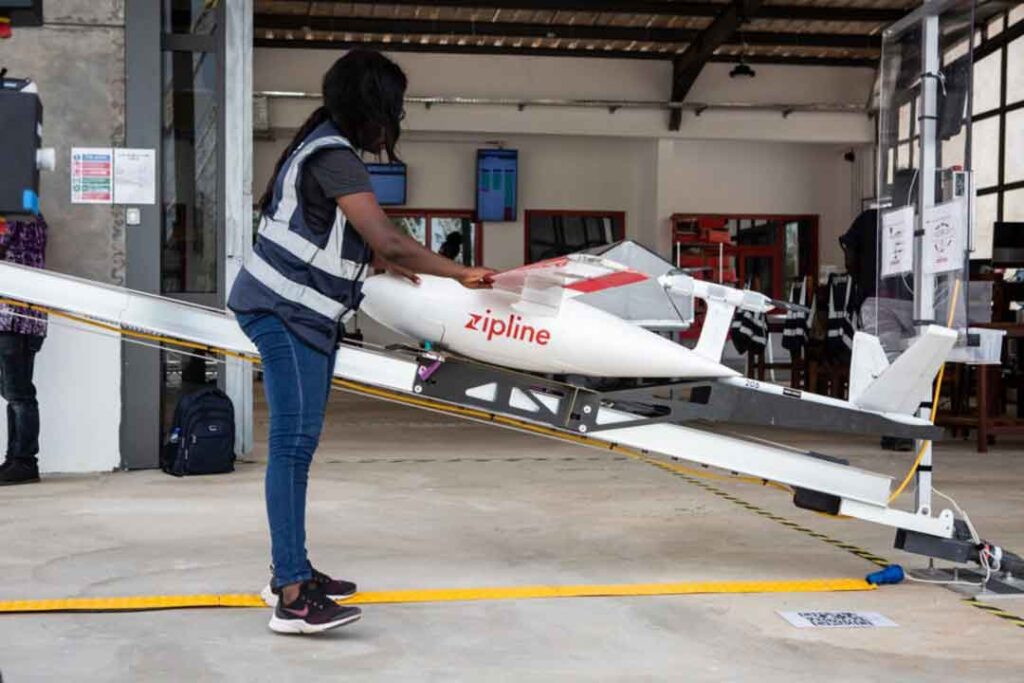Ghana: mHealth
Mobile healthcare services are making inroads into rural Ghana, offering people a chance to get essential healthcare services for the first time

The International Labour Organization estimated in 2015 that 56% of people living in rural areas worldwide did not have access to essential healthcare services. And in Ghana today, many rural people can’t always get basic healthcare services such as antenatal check-ups and vaccinations, because there aren’t enough quality healthcare facilities or trained personnel. Mobile technology offers ways to address these gaps, by reducing costs and connecting people to healthcare providers. Mobile health, or mHealth, involves the use of portable devices to create, share and store information to improve patient safety and care. It includes using mobile phone applications such as SMS, voice calling and wireless data transmission to collect or disseminate health-related information, and to offer direct care in the form of advice. mHealth solutions have been used to monitor cardiovascular patients in China and the United States (US), for example.
And in Japan and South Africa, for example, mHealth allows people in remote areas of the country to communicate via wireless networks to get timely information to manage their own health. Ghana could be a good candidate for mHealth services because of its large, medically underserved rural population and its uptake of mobile technology. The World Bank reports that Ghana had a rural population of nearly 44% in 2018. The ratio of doctors to patients in rural regions is about 1:18,257 compared to 1:4,099 in an urban region. In contrast to the scarcity of health personnel in rural Ghana, the country has the highest mobile penetration in West Africa and already outperforms many of its regional peers. By the end of 2019, mobile technology adoption stood at 55%, higher than the regional average of 44.8%. This means a huge number of rural people could receive digital services.
In our study, (Elizabeth Oppong, Robert Ebo Hinson, Ogechi Adeola, Omotayo Muritala and John Paul Kosiba, 2018), which looked at the effect of mobile health service quality on user satisfaction and continual usage, we explored how mobile health could be used or improved as part of the effort to broaden access to maternal healthcare for rural Ghanaians. We developed a model to assess service quality in mHealth; we wanted to know which aspects of service quality would influence user satisfaction and continued use of an mHealth service. Our study found that the quality of human interaction – in other words the person providing the service – had a positive and significant relationship with user satisfaction. We also established that people who are more vulnerable to health-related challenges might show much interest in health innovation such as mHealth and might be more willing to continue to use the services than those who are healthy.

Ghana has seen a proliferation of mHealth programmes, alongside increasing rates of phone usage in the population. At least 22 different projects have been piloted since 2004. The women surveyed in our study used mHealth services to monitor common pregnancy related issues like the rate of development of their babies and their own individual health. To assess service quality, we measured three dimensions: system quality (users’ perceptions of the technical level of communication); interaction quality (communication between service provider and consumer); and information quality (benefits of information services). All three mHealth quality dimensions were positive and significant to continual use. But we found that of the three mHealth service quality dimensions, interaction quality had the strongest relationship with user satisfaction. In other words, what mattered most to the women who used the service was communication with the service provider.
We found that more than the cost of acquiring a handset and reliable mobile networks, the patience of health personnel in explaining health issues and helping the respondents to navigate same, was the most important determinant of user satisfaction. This result contrasted with a study which found that all the service quality dimensions had a positive relationship with satisfaction. We also found a significant relationship between user satisfaction and continual usage. Women who were satisfied with the service said they would continue to use it. Rural women who perceived mHealth service costs (equipment and service access) as affordable also had a greater tendency to be satisfied and willing to continue using the system than those who considered it expensive, in the absence of alternative care. It could be argued that cost also contributes to continual usage and we found that the majority of the respondents (59%) were using shared phones from relatives and friends to access the services.
In spite of the importance of cost, we concluded that the human side of the service is what influences mHealth quality, user satisfaction and usage the most. Policymakers and service providers can learn from our findings. We recommend that health personnel should deliver timely services and provide the right service the first time. They should provide information that is safe for maternal healthcare and customised to individuals. Any additional cost such as an mHealth service fee might discourage rural women from using the service. Policymakers and service providers should consider developing and deploying innovative mHealth subsidy support schemes. Finally, managers of mHealth services should constantly identify the changing needs of their customers and continually improve their services accordingly.
The Ministry of Health and regional public sector health institutions could consider introducing or strengthening customer service units to oversee mHealth programmes. Service providers should also remember that societal needs change over time. Users’ desire for quality and preferences in technology services might change as they become more exposed to information technology and competitors’ services.
*This article appeared on The Conversation in July 2020.



